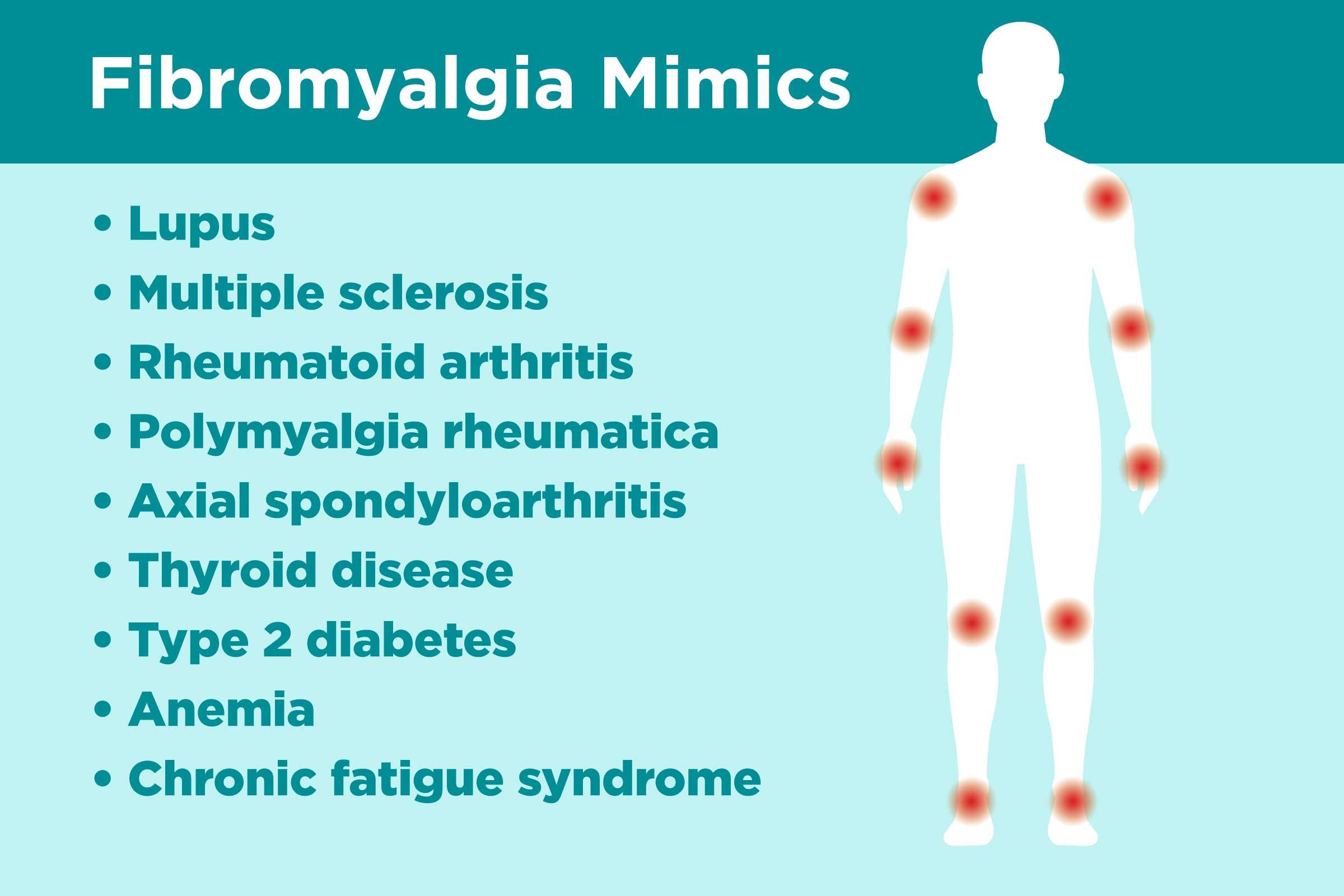Fibromyalgia

Overview:
Fibromyalgia is a long-term, chronic disorder known for causing widespread muscle pain, fatigue, and tenderness. This condition affects an estimated 2-8% of people worldwide, though it is more common in women. Despite its prevalence, it is often misunderstood and can be a challenging experience for those diagnosed with it due to its variety of symptoms and impacts on daily living.
Types:
Fibromyalgia is not divided into specific types or subtypes. However, the severity of the condition and symptoms can vary amongst individuals. Some might experience mild symptoms while others have severe or debilitating symptoms.
Causes:
The exact cause of fibromyalgia is currently unknown. However, it’s generally believed to be linked to abnormal levels of certain chemicals in the brain and changes in the way the central nervous system processes pain messages. Other potential triggers could include:
-
- Genetic predisposition
-
- Stressful or traumatic events
-
- Illness or infection
-
- Physical or emotional abuse
Symptoms:
The primary symptoms of fibromyalgia are:
-
- Widespread pain: The pain is often characterized as a constant dull ache, typically arising from muscles.
-
- Fatigue: People with fibromyalgia often awaken tired, even after sleeping for long periods.
-
- Cognitive difficulties: A symptom commonly referred to as “fibro fog” impairs the ability to focus, pay attention, and concentrate.
Other symptoms can include headaches, depression, anxiety, and problems with bowel or bladder function.
Diagnosis:
Fibromyalgia is often difficult to diagnose, as symptoms often mimic other conditions. To make things more challenging, there is no specific lab test to identify fibromyalgia. Doctors must rely on patient histories, self-reported symptoms, a physical exam, and an exclusionary process to rule out other conditions.
Treatment Options:
While there is no definitive cure for fibromyalgia, a variety of treatments are used to manage symptoms:
-
- Medication: Several types of medications, including pain relievers, antidepressants, and anti-seizure drugs, can help reduce symptoms.
-
- Physical therapy: This can help improve strength, flexibility, and stamina.
-
- Cognitive-behavioral therapy: This form of therapy can help manage the psychological aspects of fibromyalgia by teaching coping skills and helping to change negative thought patterns.
Living With Fibromyalgia:
Living with fibromyalgia can be challenging, but lifestyle changes can often help manage symptoms:
-
- Exercise regularly: Exercise can reduce pain and improve overall health.
-
- Maintain a healthy lifestyle: Eating a balanced diet, getting adequate sleep, and avoiding stress can improve overall well-being.
-
- Use medication wisely: Take medication as prescribed, and understand its side effects and interactions.
When to Seek Help:
If you experience persistent widespread pain and tiredness, seek medical help. Other signs to be aware of include difficulty sleeping, problems with memory or concentration, or mood changes. Regular check-ins with your healthcare provider are critical to monitor your condition and adjust your treatment plan as needed. It’s essential not to delay seeking help if your symptoms significantly affect your quality of life or mental health.
